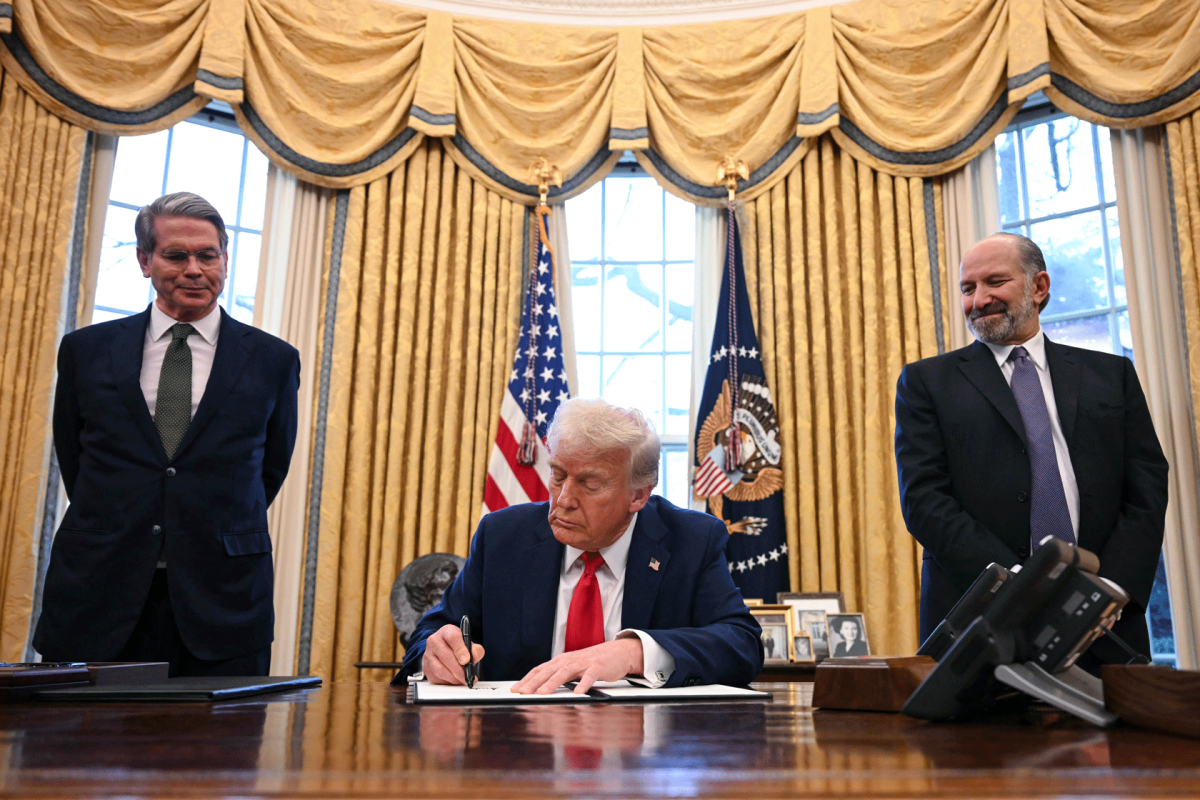Given their recent achievements in the field of aerodynamics, the Rocketry Club has established itself as one of the “highest” achieving institutions at the school. Having reached speeds of 615 mph and altitudes of 5,700 feet, they have grown from launching small alpha rockets on the US field, to almost reaching Mach 1 at their home turf in Aurora. They are now entered in a national tournament with hopes of being one of the top teams in the country, as well as eventually reaching space.
The Rocketry Club was founded last year by Michael Leone and Mr. Seibyl with two goals in mind. The first was to compete in TARC (Team America Rocketry Challenge), a national contest for high schools to design and build a rocket with certain rules each year. The rules for TARC are very specific. This year, the club needs to build and fly a rocket carrying an egg to an altitude of 775 feet and have a flight time of 41-43 seconds. Points are added if the flight goes outside in either altitude or duration. A perfect score would be zero. The second goal, which is the stretch goal, is to build and fly a rocket into space, which begins at 70,000 feet. The team would have to go out to Black Rock, Nevada to fly a rocket with these specifications due to FAA regulations, but doing this is certainly possible and the club plans on making it their ultimate goal.
Right now, the club has ten rockets, all of numerous sizes, and not counting the ones that the members own themselves. For the TARC contest, the team has one flying rocket, another that they are building, and a third in the planning stages. The club also has two large rockets that they are working on. One of these has flown many times while the other is still in the process of being built. The speeds and altitudes of these rockets all depend on the motor that is chosen. For example, a rocket that just flew at 615 mph and reached an altitude of around one mile, had its first flight at 450 mph and 2,300 feet. All of it depends on the motor that is used. Some of the larger projects that the club is working on are capable of breaking the sound barrier, but the maximum altitude would be around 10,000 feet, all depending on the capacity of the motor.
The Team America Rocketry Challenge involves involves around 800 teams around the country who are all working towards the same goal. The team must have a minimum of three qualifying flights before April 3. The top 100 teams will be invited to compete in the National Fly Off in Virginia this May and the club plans on being one of those teams. TARC is the world’s largest student rocket contest and a key piece of the aerospace and defense industry’s strategy to build a stronger U.S. workforce in science, technology, engineering and mathematics. Based on qualification flights, the top 100 teams are invited to Washington, D.C. in May for the National Finals. The top placing teams split more than $100,000 in cash and scholarships and the overall winning team will travel to Europe to compete in the International Rocketry Challenge taking place at either the Farnborough or Paris Air Show.
The club plans on competing in TARC every year in an effort to achieve their ultimate goal of reaching space. But besides TARC, there are a number of other contests that the club would like to take part in. The NASA Student Launch, for example, is a possible contest that the club might compete in. This contest offers high school students the chance to build a rocket by going through the steps of approval that NASA uses. The Rocketry Club is considering this as another potential contest, but for now, they are busy with TARC and their other projects.







